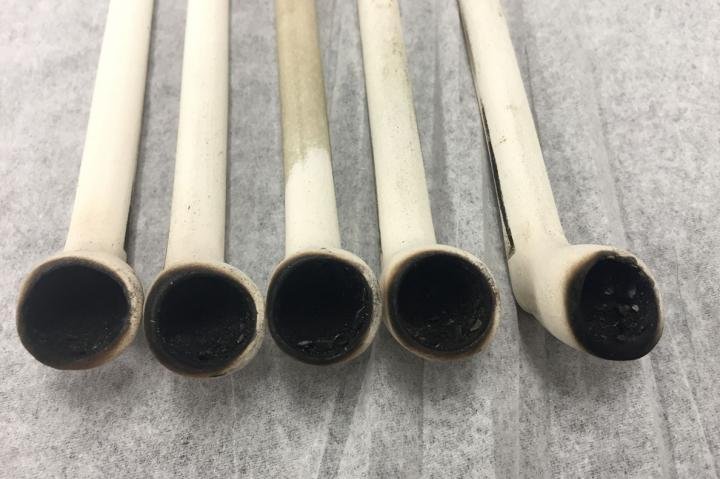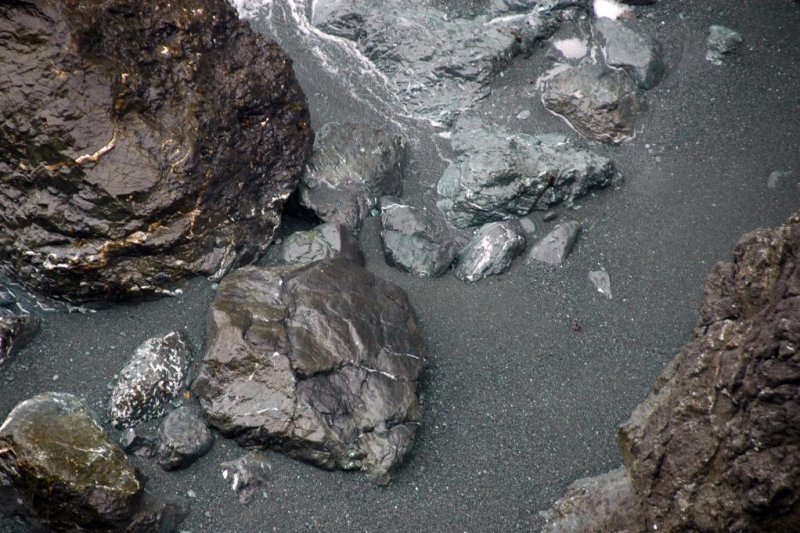
Researchers equipped Adelie penguins with GPS trackers, accelerometers and video cameras. Photo by Yuuki Watanabe/National Institute of Polar Research
June 25 (UPI) -- While climate scientists worry about the loss of sea ice in Antarctica, penguins are flapping their flippers in applause. According to a new study, published this week in the journal Science Advances, many penguins prefer the Southern Ocean unfrozen -- the less sea ice, the better.
Researchers had previously illuminated a link between sea ice extent in Antarctica and breeding success among Adelie penguin colonies, but a correlation doesn't prove causation, and so scientists decided to investigate further
To find out what might explain the positive impact of reduced sea ice coverage on breeding success, scientists strapped a trio of instruments to several dozen penguins. The combination of GPS trackers, accelerometers and video cameras helped scientists track how the movements and behaviors changed over the course of several years, as sea ice extents waxed and waned.
"What is new in this study is that we used a variety of electronic tags to record penguin foraging behavior in the greatest detail yet, and found mechanistic link among sea ice, foraging behavior, and breeding success," lead researcher Yuuki Watanabe, scientist at the National Institute of Polar Research, told UPI in an email.
RELATED Seal behavior helps scientists predict changes in Antarctic krill distribution
The novel data revealed the ways in which ice coverage in Antarctica affects the way penguins move across their environs and access food resources.
"In the ice-covered seasons, penguins traveled slowly by walking and needed to find cracks in the ice, where they dived repeatedly," Watanabe said. "They were able to dive only through cracks, which also means that the competition among penguins was severe."
The data also showed that, not surprisingly, penguins move much more efficiently in the water than on ice. Adelie penguins travel four times faster by swimming than by walking.
RELATED Study reveals where marine species are moving as oceans warm
When sea extent was minimal, data showed the penguins were able to travel more easily, swimming and diving wherever they pleased.
"They came back to the nest quickly, which means that chicks waiting at the nest had food more often," Watanabe said. "Overall, foraging conditions improved by the loss of sea ice, which directly linked to improved breeding success. Put very simply, penguins are happier with less sea ice because they swim."
Less sea ice also allows more sunlight to enter the ocean, fueling larger krill blooms. Krill serve as the main source of food for Adelie penguins.
RELATED Picky penguins are more vulnerable to impacts of climate change
The latest findings don't hold for all of Antarctica, and in future studies, researchers hope to explore the effects of sea ice extent on different penguin species living in different parts of the continent.
"The relationship between sea ice and penguin reproductive success is apparently different in maritime Antarctica (e.g. Antarctic Peninsula) where sea ice is normally sparse," Watanabe said. "There, penguins look happier with more sea ice, but mechanics are unclear. I would like to conduct research in that region to understand the general patterns over the whole Antarctica."









